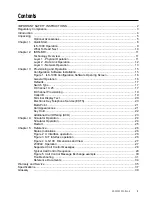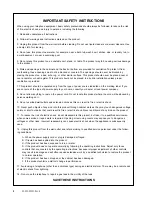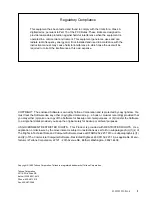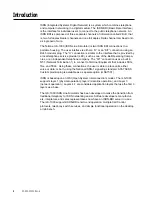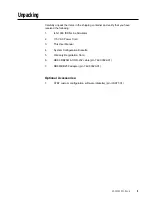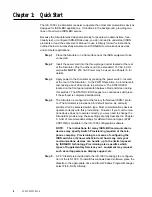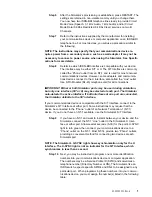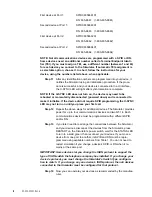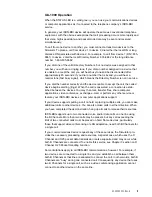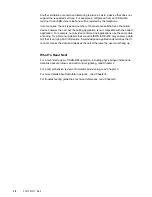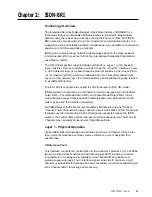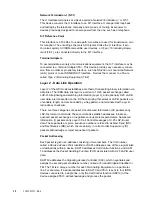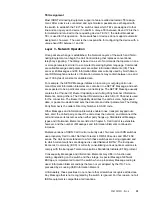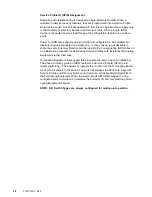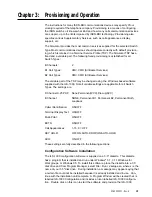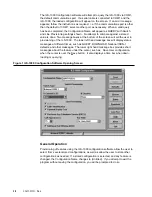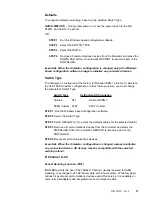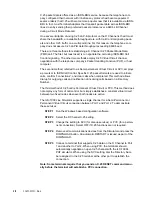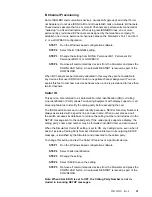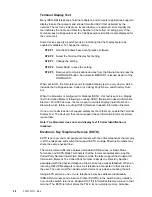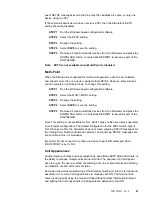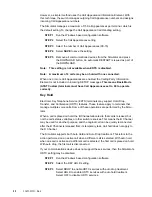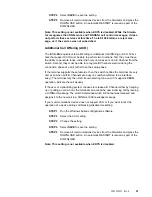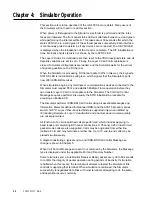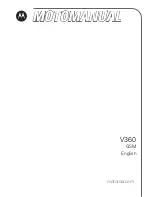
40-400-00001, Rev. A
9
ILS-1000 Operation
When the STATUS LED is a solid green, you can use your communications devices
or computer applications as if connected to the telephone company’s ISDN-BRI
service.
In general, your ISDN-BRI device will operate the same as conventional telephone
equipment, with the obvious exceptions that call processing occurs more rapidly and
that voice, high-speed data, and packet mode data may be sent and received
simultaneously.
To call from one device to another, you must connect at least two devices to the
Simulator. To place a call from device 1 to device 2, dial either the local DN or long
distance DN associated with device 2. For example, to call from device 1 (DN= 835-
8661) to device 2 dial the local Directory Number 835-8662 or the long distance
number 1-800-835-8662.
If you dial one of the valid Directory Numbers, but no device was assigned to that
number, you will hear a ringing tone. If you dial a number assigned to a device that
is unable to accept the call, you will hear busy tone and be disconnected after
approximately 45 seconds. If you dial a number that is invalid, you will hear a
reorder tone (fast busy signal), which means the Directory Number is not in service.
If you dial the number correctly and the device is able to accept the call, the called
device begins alerting (rings). When the call is answered, a connection is estab-
lished between the devices. You may then talk, transfer files, share computer
applications, video conference, exchange e-mail, or perform any other service or
feature your ISDN-BRI devices or computer applications support.
If your device supports putting a call on hold or placing multiple calls, you can make
additional calls to other devices. You can also make calls in either direction. When
you have completed the demonstration, hang up all calls to release their resources.
ISDN-BRI supports up to two connected voice and/or data calls on one line using
the B Channels. More than two calls may be present, but any call exceeding the
limit of two
connected calls must be placed on hold. Some devices, particularly
those that support video conferencing or LAN adaptation, need both B Channels for
a single call.
If your communications device requests any of these services, the Simulator pro-
vides the necessary processing and resources. A special case, which uses the D
Channel and X.25 packet data transmission is also supported and may occur while
both B Channels are connected. To enable this service, see Chapter 3 section on D
Channel X.25 Packet Handling Function.
Some limitations apply to all ISDN-BRI communications, however. For example, if
two devices are connected to a single line and you establish a call between them,
both B Channels at that line are allocated to connect the call. In other words, both B
Channels are “busy” during one connected call. Consequently, any device that uses
two B Channels for a single call, such as a video conferencing application, cannot
connect to another device on the same line.


